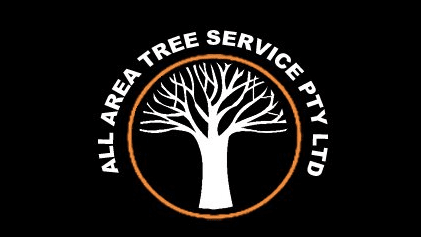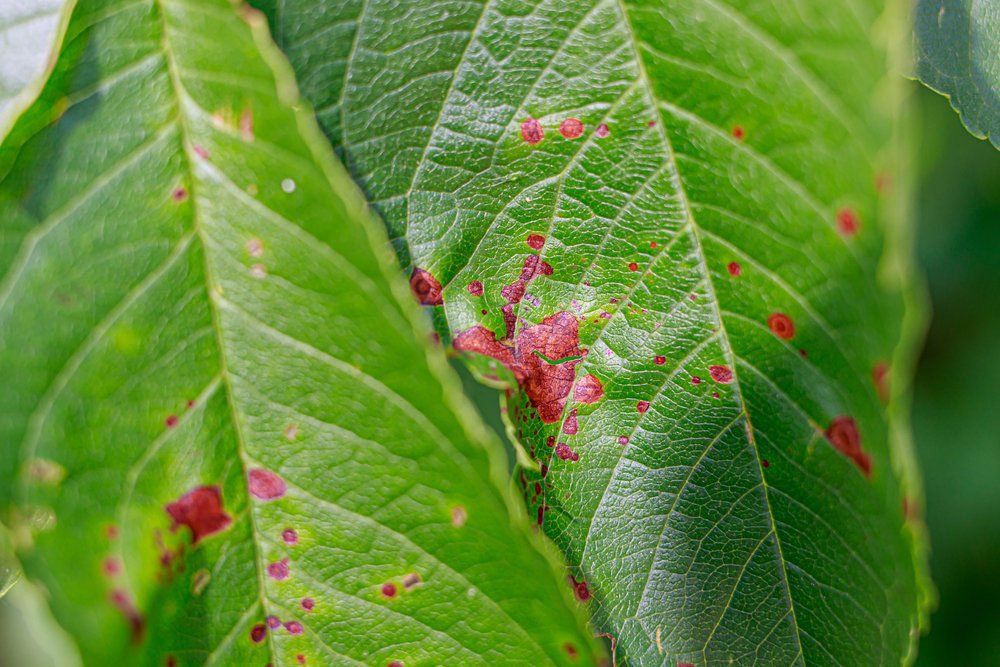Blog > What Are The Common Tree Diseases In Australia?
What Are The Common Tree Diseases In Australia?
Jun 28, 2022
Disease is one of the most devastating issues affecting Australia’s beautiful tree life. Thankfully, raising awareness of these diseases and how to tackle them can help us keep our trees healthy and safe.
Here are five of the most common Australian tree diseases, their effect on your trees, and some key signs to look out for.
1. Pink Disease
Pink or pink's disease is common across various tropical and woody plants, especially citrus trees. It is caused by an organism known as erythicium salmonicolor and can form a pinkish-grey mass in wet or humid conditions, hence the ‘pink’ name.
Other symptoms of pink disease include sunken or swollen areas on a tree’s main branches or stem, along with splitting and cracking bark. It is a serious condition that can cause significant limb loss or even death of the entire tree.
2. Myrtle Rust
Myrtle rust is a fungal disease caused by an exotic fungus known as Austropuccinia psidii. While several strains exist overseas, only one has been identified in Australia.
Myrtle rust attacks soft and actively growing leaves, young stems, and shoot tips, causing brownish-grey spots on both surfaces. You might also notice a purplish-red halo around the affected leaves. Common symptoms include heavy defoliation, stunted growth, deformed leaves, and tree death.
This disease is especially troublesome because its spores can easily spread through contaminated objects, including equipment, clothing, skin, and hair.
3. Root Rot
Root rot is a disease many houseplant owners are familiar with—but it can also affect established outdoor trees. It occurs when a plant’s root system rots away, often due to overwatering or poor soil drainage.
Root rot is difficult to treat and can quickly kill a tree. Symptoms to look out for include wilted, small, or discoloured leaves and weak branches.
4. Citrus Gall Wasp
Citrus gall wasp, also known as Bruchophagus fellis, is a native Australian insect found in Queensland, New South Wales, and some areas of Perth and South Australia. It is a threat to citrus trees because it produces stem thickenings or galls, weakening trees and damaging citrus production.
Signs to look out for include light-green shoots stemming from branches at right angles during spring and early autumn.
5. Peacock Spot
Peacock spot is a fungal disease targeting olive trees. It’s also commonly known as olive leaf spot.
This disease develops in warm, moist, and humid conditions and is particularly prevalent during spring and autumn. It leaves sooty, black blotches on leaves and can cause serious defoliation and reduced crop production.
How To Keep Your Trees Thriving And Healthy
The best way to keep your trees healthy and protected from serious disease is to hire a professional arborist to tackle the problem. Arborists have the experience, knowledge, and tools to treat disease at the source and prevent a recurrence.
Sometimes, a diseased tree may need removal to prevent it from spreading to other crops. The
All Area Tree Service
team
can provide quality tree removal services to keep your plants safe—contact us today to find out more.
CONTACT INFORMATION
Mon-Fri 6:30 AM - 6:00 PM
Sat-Sun 9:00 AM - 5:00 PM
Weekends by appointment
OUR LOCATION
Site Links
Contact Information
Mon-Fri 6:30 AM - 6:00 PM
Sat-Sun 9:00 AM - 5:00 PM
Weekends by appointment
Our Location




